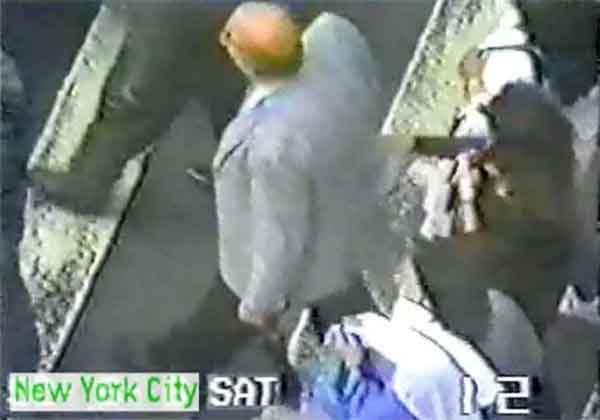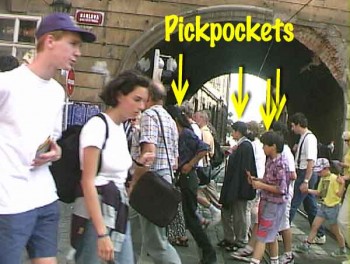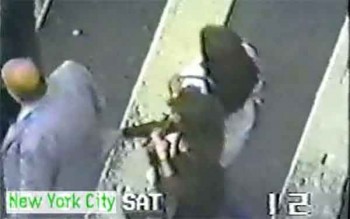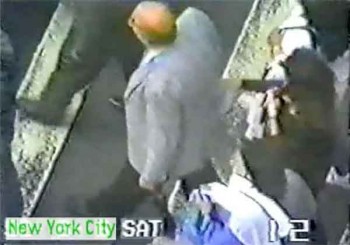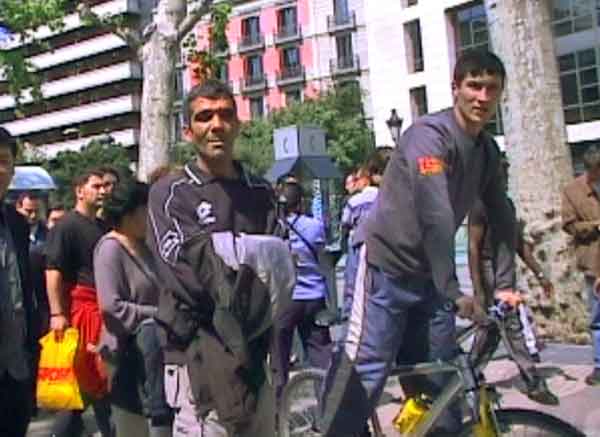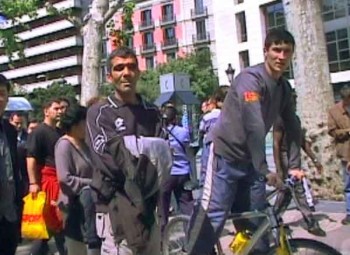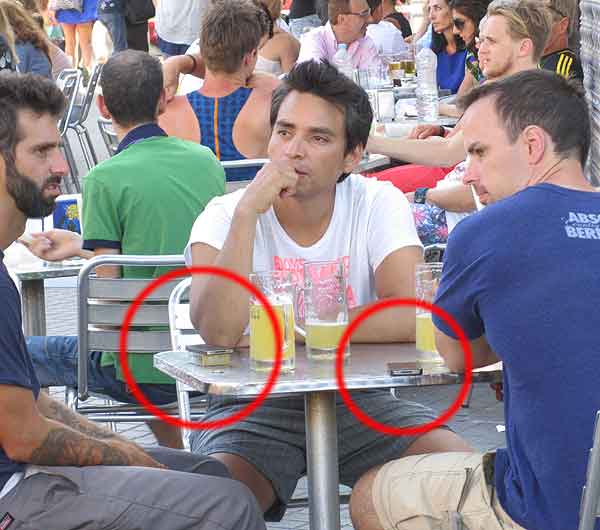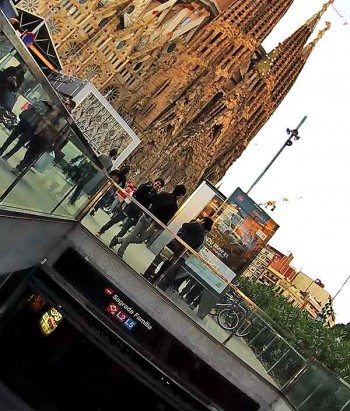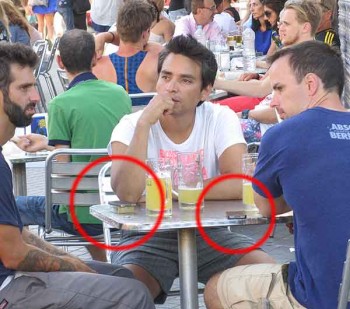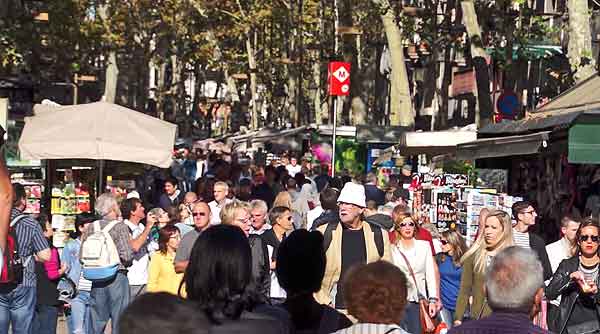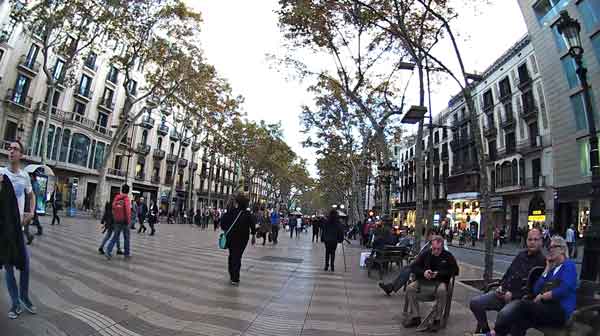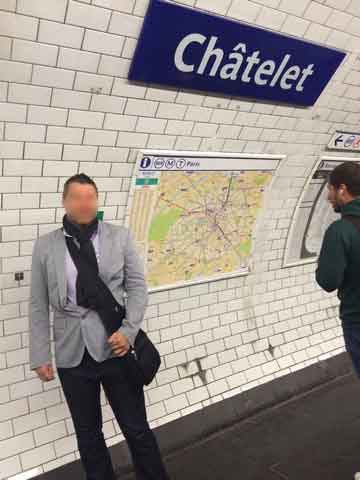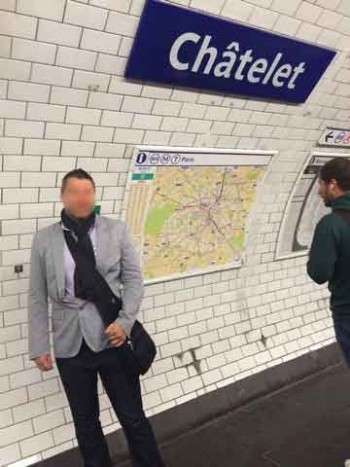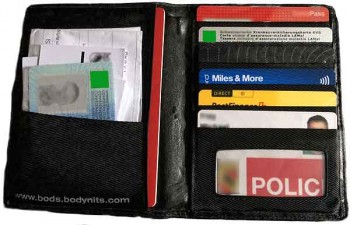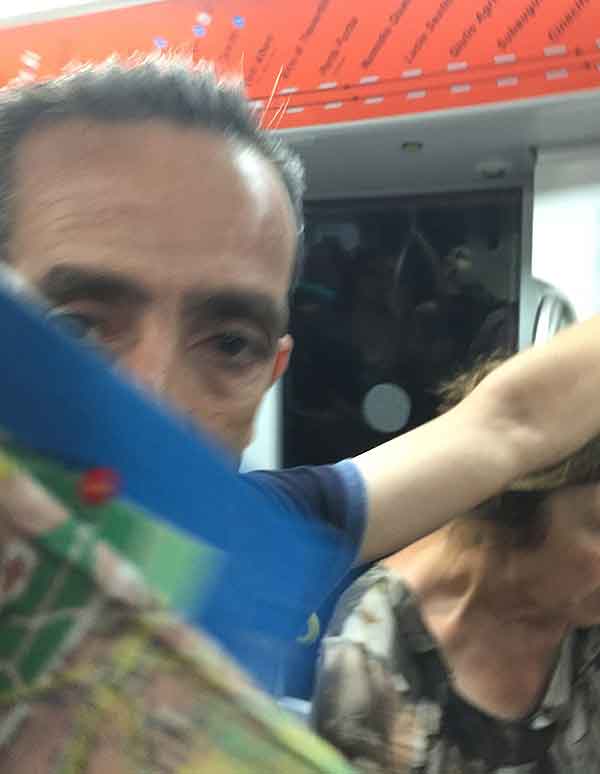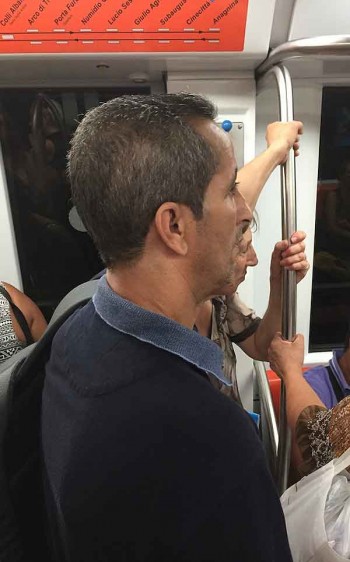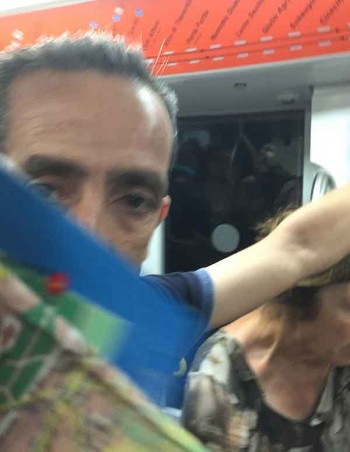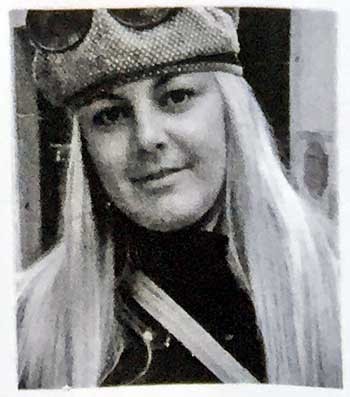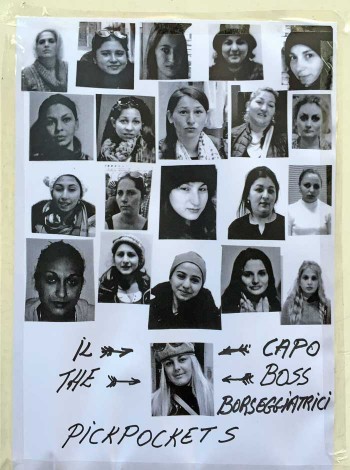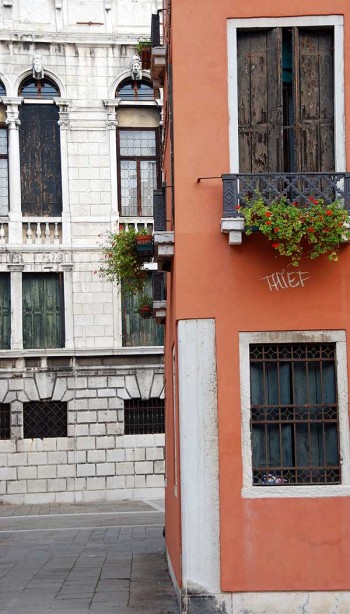
I OFTEN COMPLAIN about too much travel. 250 days a year on the road, more or less, for 23 years non-stop. At the same time though, I appreciate my great fortune to see the world. As our work bounces us around the globe, I’ve been able to visit the most wondrous and remote sites. Petra in Jordan is one of those. Luxor in Egypt, Nan Madol in Pohnpei, Ngorongoro Crater in Tanzania, and Kilauea on Hawaii are others.
While in Trabzon in the northeast of Turkey recently, I had a once-in-a-lifetime opportunity to visit Sumela Monastery, about 30 miles on up the Silk Road. The orthodox monastery is ancient, miraculously built and carved into a barely-accessible mountainside, and covered with frescoes. The journey to reach it was arduous, as it is to most of the truly awesome sites I’ve experienced. Long, challenging travel is a prerequisite for rarely-seen beautiful or historic spots. It is why they’re rarely seen and still (relatively) unruined.
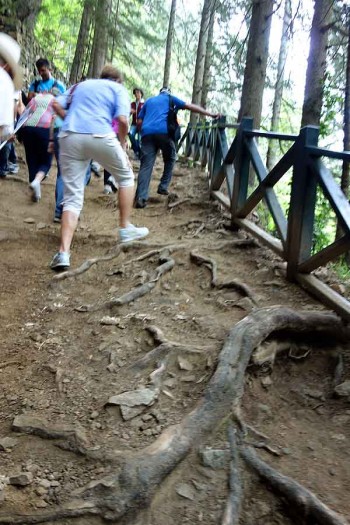


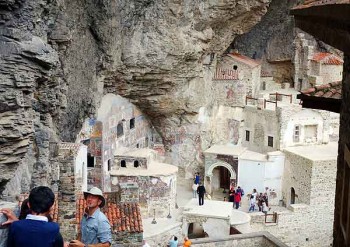





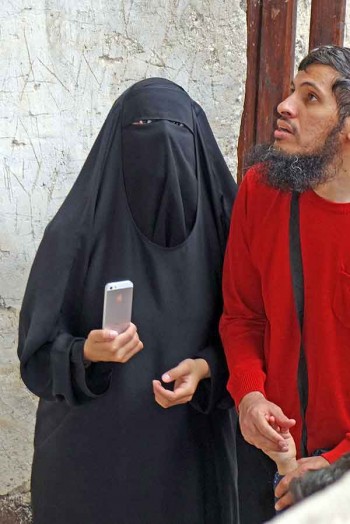



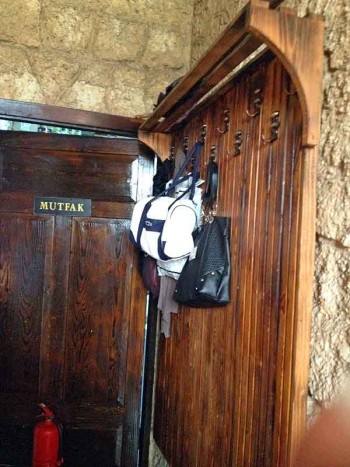
We took a bus most of the way, up the mountain, along rushing streams and waterfalls, past mosques and cement-pond salmon farms. When the road became too steep for the bus we stopped near a large rustic restaurant set back in the forest.
There we transferred to a small van able to carry eight people. The driver scrutinized his passengers and pointed to three, gesturing that they must get out because the vehicle was too heavy. Slowly then, the van wound up the steep and narrow road, we remaining passengers eyeing one another nervously as the engine strained. Pulling our sweaters and scarves over our shoulders, we climbed up through the darkening cloud forest until this vehicle too, couldn’t go any higher. There it stopped and we were expelled on the side of the road.
Sumela Monastery
It was a good photo op. The monastery appeared distant and unreachably remote, clinging to the steep side of a dark, forested mountain, deep, misty valley straight below. A strenuous hike followed, up crude stone stairs, clambering over giant tree roots and slippery dirt trails deeper into the cloud forest, where it rains 280 days per year. We were lucky! No rain. The path was tricky and difficult, and would be a muddy mess in rain.
It was not unlike the Cinque Terre trails, actually, minus the sea views.
It had been 86 degrees in Trabzon, below; now it was 65 degrees at the monastery, at an altitude of almost 4,000 feet. The structures, first begun in 386 AD, include natural caves in the side of the mountain, niches hacked into the cliff walls, and additional stone buildings erected in the following centuries. There’s a rock church, a small chapel, kitchens, a library, various living spaces, a courtyard, and lookout points. Nearly all surfaces are covered by brilliant 18th-century frescoes. The monastery has been repeatedly destroyed, restored, enlarged, ruined, abandoned, and defaced.
I loved bending low through four-foot high archways and entering the cool painted caves where it was both dark and blinding from the harsh natural light that pierced tiny windows. It was heartbreaking to see the frescoes so badly damaged; it was wonderful to see how much remained of the frescoes. The remoteness of the site limits visitors (and despoilers), but there is almost no control or security. Even now, visitors may wander where they will.
Well, not now. Sumela Monastery is temporarily closed for repairs and restoration from September 2015 to September 2016.
I’m lucky to have visited when I did. Lucky to have visited at all! It was one of those experiences that truly defines the word amazing, and leaves me feeling so fortunate to see the remote corners of the world.
Hopefully, by the time Sumela Monastery reopens, Turkey will be peaceful and travel warnings will be lifted.


